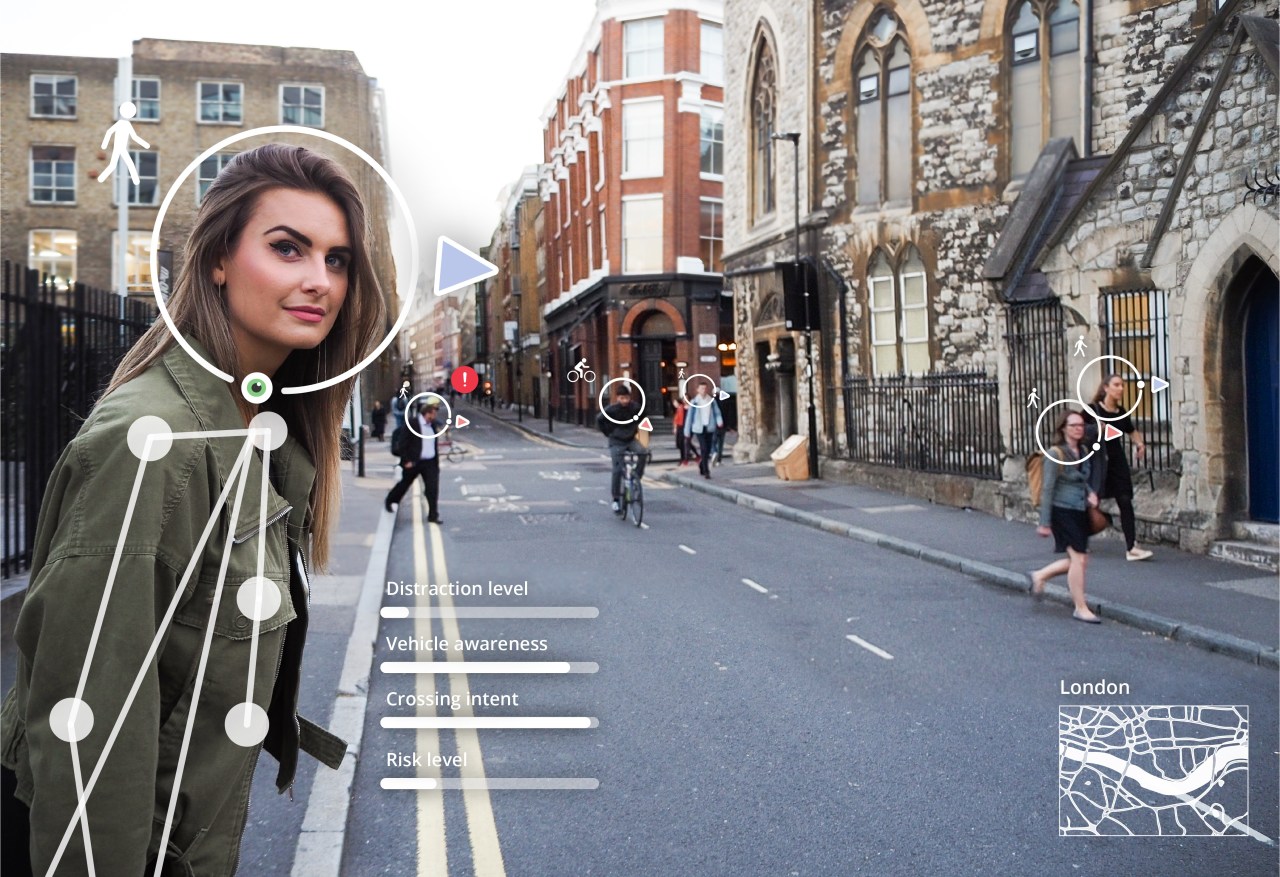As the world races towards adopting self-driving vehicles, one of the most critical challenges remains: ensuring that these autonomous machines can effectively interpret pedestrian behavior. The advancements in AI have opened up exciting possibilities, particularly with innovations like Humanising Autonomy, a company dedicated to making self-driving cars safer for pedestrians. With a recent funding round of $5.3 million, this startup is poised to become a leader in pedestrian-focused computer vision systems.
The Challenge of Pedestrian Detection
Self-driving technology continues to evolve, yet understanding human behavior in real-time is a complex puzzle. Autonomous vehicles must be equipped not just with sensors but with the intelligence to read human cues accurately. Here’s where Humanising Autonomy’s technology comes into play, leveraging AI to outperform human interpretation skills in recognizing pedestrian actions. Their machine learning modules are trained to identify various pedestrian behaviors, such as:
- Are they about to step into the street?
- Are they paying attention?
- Have they made eye contact with the driver?
- Are they distracted, perhaps looking at their phone?
Data-Driven Insights for Robust Models
Maya Pindeus, co-founder and CEO of Humanising Autonomy, emphasizes the diverse data sources as a key strength of their technology. By collecting and analyzing footage from multiple sources—CCTV cameras, dash cams, and autonomous vehicle sensors—the company has constructed a robust dataset that allows their models to excel in various scenarios, including challenging weather conditions.
An intriguing aspect of their approach is the reliance on RGB data rather than depth information typically associated with lidar systems. According to Pindeus, while lidar provides depth perception, it is often less extensive than the visual-light footage they prioritize. Moreover, their focus on analyzing accident footage has provided invaluable insights into the frequent failures of both AVs and human drivers when it comes to interpreting pedestrian intentions.
The Modularity of Humanising Autonomy’s Technology
One standout feature of Humanising Autonomy’s technology is its modularity. Instead of developing a monolithic model, they have created a series of adaptable modules. This allows for customization according to the specific needs of different environments or vehicle integrations. For instance, the algorithms can be tuned to identify distractions based on localized behavior—people act differently in Tokyo than they do in London, for example.
This adaptive nature not only widens their potential market but also allows the technology to run effectively across various levels of automation and processing power, making it compatible with more vehicles, including older models that may not possess high-performance GPUs.
Expanding Beyond Autonomous Vehicles
The influence of Humanising Autonomy extends beyond the realms of self-driving cars. Pindeus highlights how its technology can enhance safety in warehouses or manufacturing facilities, where robots navigate around human workers. The ability to train only the necessary components of their system makes it less disruptive and cost-prohibitive for industries that rely on automation in close proximity to humans.
Commercialization and Future Prospects
To further its mission, Humanising Autonomy is channeling the newly acquired capital primarily towards commercializing its technology. By establishing partnerships with major players like Daimler, Mercedes Benz, and Airbus, they aim to integrate their systems into as many platforms as possible. The vision is clear—enhancing safety at pedestrian crossings, refining path planning for autonomous vehicles, and generating risk assessments from historical data.
Conclusion: A Bright Future Ahead
The journey to perfecting pedestrian detection in self-driving cars is fraught with challenges, yet Humanising Autonomy stands out as a pioneer in this niche, thanks to its innovative approach and dedicated focus. While the tech is ready for deployment, the ever-evolving landscape of autonomous vehicles means that the company must remain agile to adapt to new challenges and opportunities.
At fxis.ai, we believe that such advancements are crucial for the future of AI, as they enable more comprehensive and effective solutions. Our team is continually exploring new methodologies to push the envelope in artificial intelligence, ensuring that our clients benefit from the latest technological innovations. For more insights, updates, or to collaborate on AI development projects, stay connected with fxis.ai.

